When Did DeFi Begin? A Timeline of Decentralized Finance
Dive into the evolution of Decentralized Finance (DeFi), from its pioneering days on the Ethereum platform to the advanced applications shaping today's financial blockchain landscape.
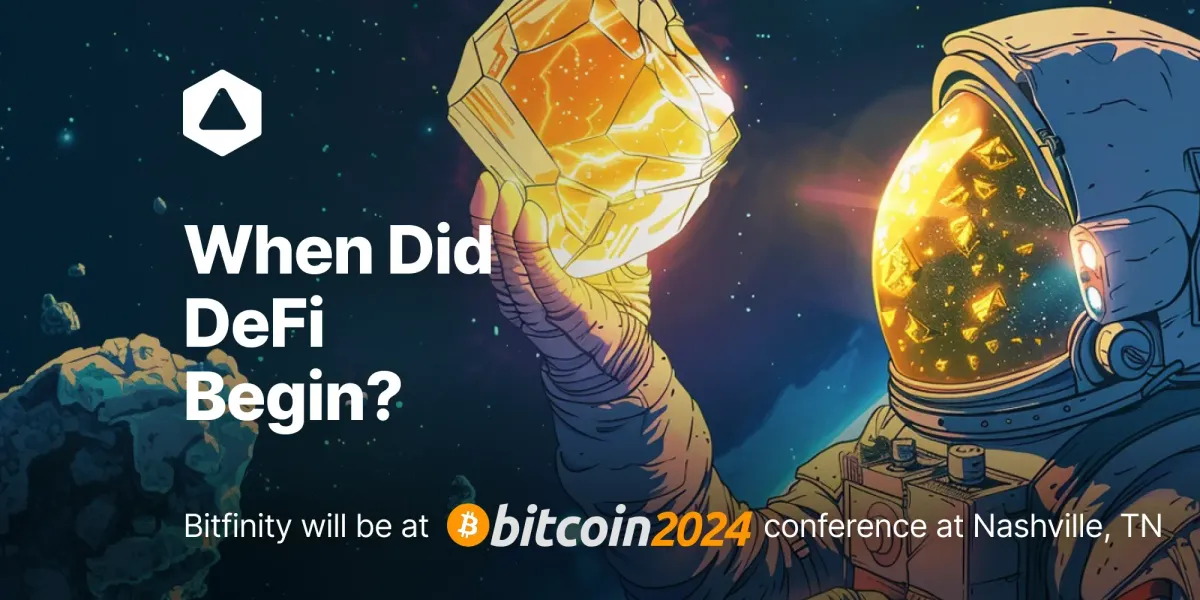
Provided you have been following our blogs or crypto in general, you must have come across decentralized finance, commonly abbreviated as ‘DeFi.’ And after much exposure, perhaps you might have asked yourself how it all got started.
Well, in today's article, we will take you through the journey of this amazing, very nascent financial system, from its origins and early protocols, to the visionaries behind it, and perhaps some glimpses into the future it promises to unlock. So let's go.
The Origin of DeFi
Although there is no agreed-upon date when decentralized finance was born, a few important events made DeFi possible. If it was not for them, it couldn't and wouldn't have happened in the first place.
The first one as argued by many was the introduction of Bitcoin in 2009 which allowed the first decentralized peer-to-peer digital money transfers. This is stating the obvious, of course. However, developers realized that the Bitcoin blockchain only allowed them to send money around the world, and finance is way more complex than just that...
It didn't take that long before this inspired the release of the Ethereum Whitepaper in November 2013, highlighted as 'A Next-Generation Smart Contract and Decentralized Application Platform.' And true to its words, what followed next was a vast base most of the DeFi protocols and applications call home. We take a look at which one in particular.
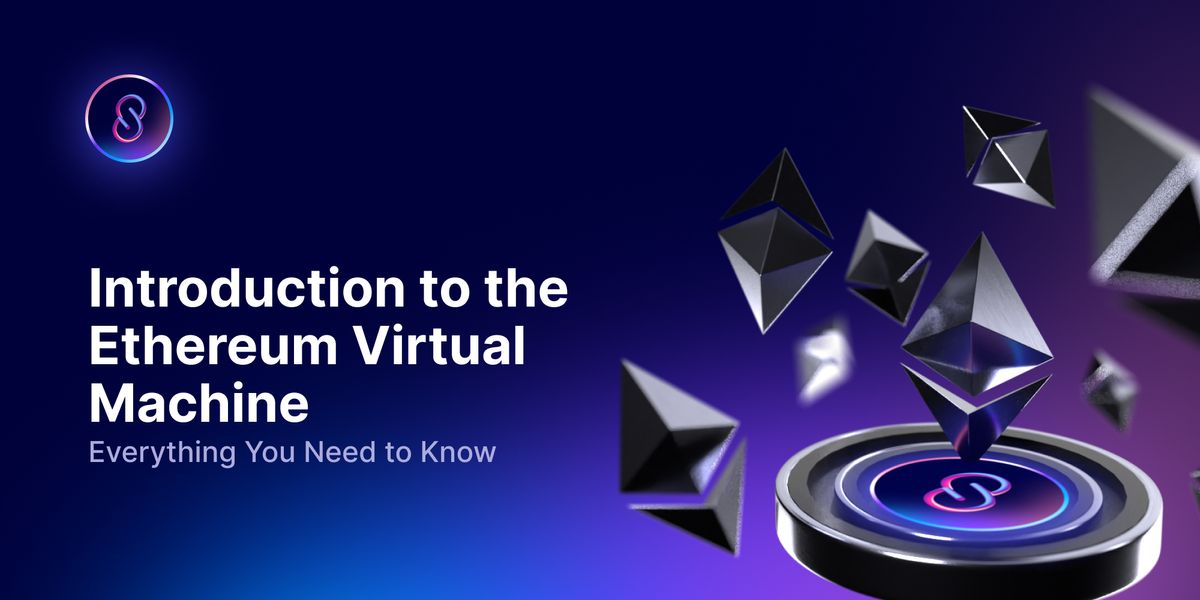
MakerDAO and the Rise of Decentralized Stablecoins
One of the first DeFi projects to be created on top of the Ethereum blockchain was MakerDAO, first proposed on Reddit by Rune Christensen in 2015 and officially launched in 2017. It is here where the concept of decentralized stablecoins first appeared on the Ethereum network.
The Maker protocol issues the stablecoin DAI (formerly SAI), which is pegged 1-to-1 to the value of the U.S. dollar. To get DAI, one has to deposit assets, which in turn creates a collateralized debt position (CDP) in MakerDAO’s smart contracts.
These collateral assets help to navigate unstable crypto prices, whereby they have to exceed 150% of the value of the DAI borrowed. If the CDP drops (meaning the value of the asset falls too far below the value of the DAI borrowed), the loan gets liquidated - the assets locked in the smart contract get sold to pay back for the DAI generated plus a 13% liquidation penalty.
Initially, only Ether (ETH) could be used to fund MakerDAO's CDPs, but as time progressed, other cryptocurrencies like USDC, WBTC, KNC, MANA, and TUSD became collateral to be used.
MakerDAO also created a token MKR to support the stability of the DAI token and enable governance for the DAI credit system. When liquidations are running rampant, MKR is created and sold off to repay back the loan (all to stabilize DAI).
It is through the power of stablecoins that some notable lending markets have emerged, lending the DAI stablecoin. Combine this with smart contracts and intellect and you have the perfect recipe of the next important development in DeFi - decentralized exchanges (DEXs)...
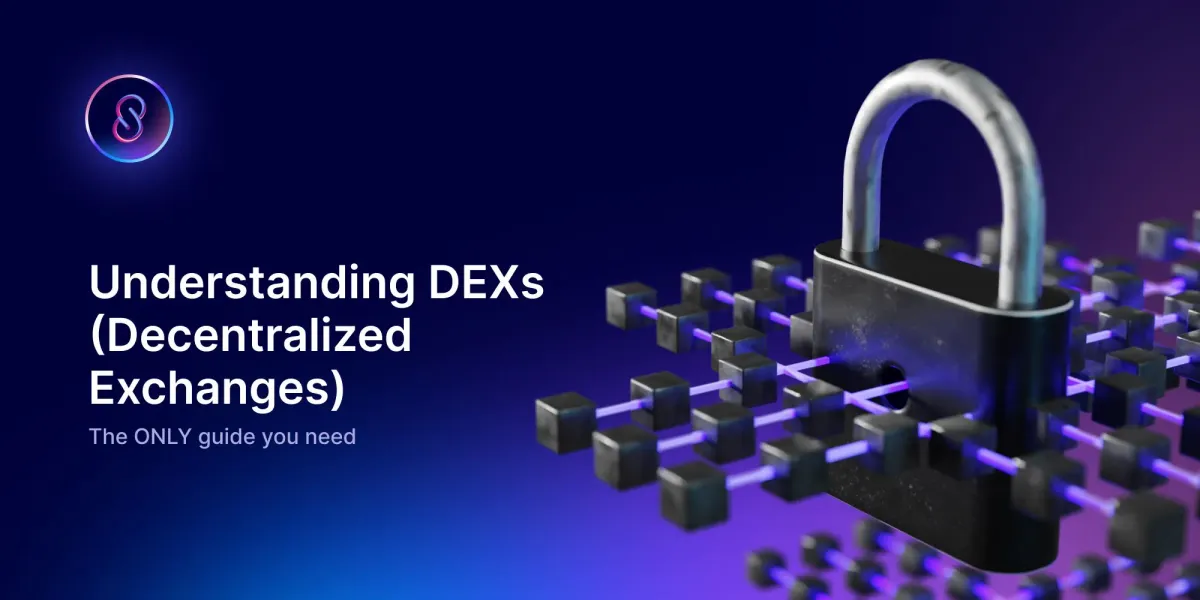
The Evolution of Decentralized Exchanges
Although decentralized exchanges were not completely new, with the first DEXs going way back to 2016, where we witnessed the emergence of first generation exchanges such as OasisDEX, IDEX, EtherDelta and ForkDelta.
Where, for the first time, users were able to trade cryptocurrencies on a peer-to-peer basis. However, most of these exchanges were order book-based which acted as a limitation to their usage. On top of that, they were slow in operation, had limited liquidity, and were vulnerable to hacks. Many were hacked, as was also the case for EtherDelta at the end of 2017, and users incurred huge losses.

Challenges like these called for a savior and indeed one came....
The Dawn of Automated Market Makers (AMM)
The dawn of the automated market maker - AMM - was the missing link in the decentralized exchange conundrum, as it laid the true identity of peer-to-peer trading. These protocols with their shiny automated market makers introduced liquidity pools and algorithmic mechanisms to facilitate the trading of digital assets.
It is a form where users deposit their assets into liquidity pools which in turn use mathematical algorithms to decide the value of each asset. When users want to trade they do so and swap one token for another directly from the pools.
With this ingenious AMM it became apparent that the liquidity problem was solved, and this paved the way for lower fees than had ever been seen before. Gone were the centralized intermediaries, granting total self-governance of users over their assets.
Some famous first mover DEXs that helped DeFi come into fruition include:
Bancor
Bancor's concept was established in 2016 but its official whitepaper was introduced in February 2017 followed by an official launch on 12 June the same year. Its launch wasn't just a common one, it attracted the largest initial coin offering (ICO) of that time raising $153 million. In this day and age these are rookie numbers, but still massive nonetheless.

It also became the first DEX to use an AMM to facilitate swaps between Ethereum-based tokens.
However, following an attack in 2018, the team decentralized its platform by assigning its governance to a DAO, and towards the end of 2020 it went live. Currently, it allows BNT holders to propose and vote on upgrades and protocol governance issues, as it is the criteria in DAOs.
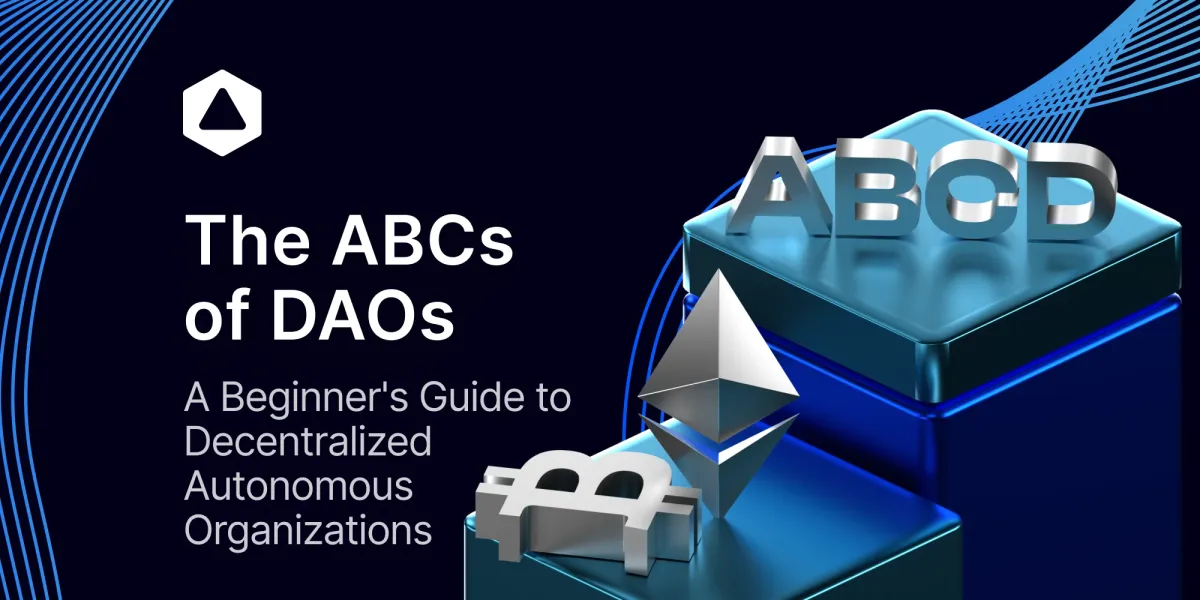
Uniswap
Then came Uniswap, which was launched in November 2018, and was among the early pioneers of automated market makers that went widely used, as it allowed anyone to supply tokens to the liquidity pools, trade, create or even list their own tokens. Since then it has risen to rank among the leading DEXs in trading volume and remains the undisputed decentralized exchange of them all. Even after the fees were stopped being given to the liquidity providers (their users).'
'Bancor and Uniswap were not the only DEXs which rose as a result of AMM, several others also followed such as Kyber and most Uniswap forks such as; PancakeSwap, SushiSwap, SpiritSwap, and Pangolin. Most of them are also still relevant today in the decentralized finance space.
And with the introduction of liquidity pools by AMMs, DeFi now took another turn, towards ‘Liquidity Mining’ or 'Farming'.
Liquidity Mining: A Game Changer in DeFi
From just offering liquidity (just for the fun of it), DeFi presented another opportunity for users- the ability to generate income through incentives given for staking their assets. All of these incentives were generated from the trading fee charged by the DeFi protocols and paid through the annual percentage yield (APY) metric with native tokens, mostly. And yet another wave of protocols joined the party. With most common ones that include;
Compound Finance
Compound Finance was launched in September 2018, and was/is an Ethereum-lending protocol, which allowed any user to lend out their assets to gain interest or borrow assets against collateral.
In June 2020, Compound officially launched the COMP token and transferred its governance to the DAO organization with COMP as the governance token.
Yearn.finance
Yearn Finance, notably from the hand of Andrej Cronje, was a protocol that rose as a yield aggregator or in simple terms, switching between different lending protocols. Since July 2020, it has operated by using user's deposits for lending and liquidity pools.
To become more decentralized it introduced its native token YFI which was distributed only to users who deposited YTokens, where these tokens are 'farmed' when one deposits other tokens, for example, if you deposit USDC you get yUSDC.
Synthetix
Synthetix provided liquidity for permissionless derivatives like perpetual futures, minting options, parimutuel markets. Its on-chain assets (Synths) are minted on the platform and designed to track the value of crypto and non-crypto assets such as forex, indexes, and commodities.
But when crypto hits, it hits big, and with this increased attention, the scalability issues came back to light. With the DeFi evolution taking a significant milestone during the 2021 bull run, the increased usage on the Ethereum network pushed the gas fees to meteorical levels, which prompted the emergence of new protocols like Binance Smart Chain (BSC) followed by an array of Layer 2 protocols in 2022 which is still on the verge of expansion.
The journey to achieving DeFi hasn’t been a smooth one. Developers have had tough times transitioning through complexities to give us what we celebrate today and in the days to come.
The Journey from Simplicity to Complexity
The emergence of new innovations and the high yields in DeFi have raised concerns about risks accumulating in this new ecosystem such as scale, complexity, and interconnectivity.
Modeling risk on a smaller scale, like a hundred million, is quite different from handling a hundred billion. This has been the case in DeFi, with its never ending increasing of its total value locked (TVL) placing them in a complex scale.
Complexity in DeFi has also become a major itch; protocols with sophisticated mechanisms have emerged, limiting the usage of most DeFi protocols only to tech savvies. It is a study on itself to start grasping what protocols do and how to participate.
On the other hand, interconnected economic systems can be a nightmare from the risk perspective, as any vulnerability in one can have numerous effects on others. The evolution of the new DeFi ecosystems has seen a more connected system as compared to its predecessors, which puts them at a greater risk.
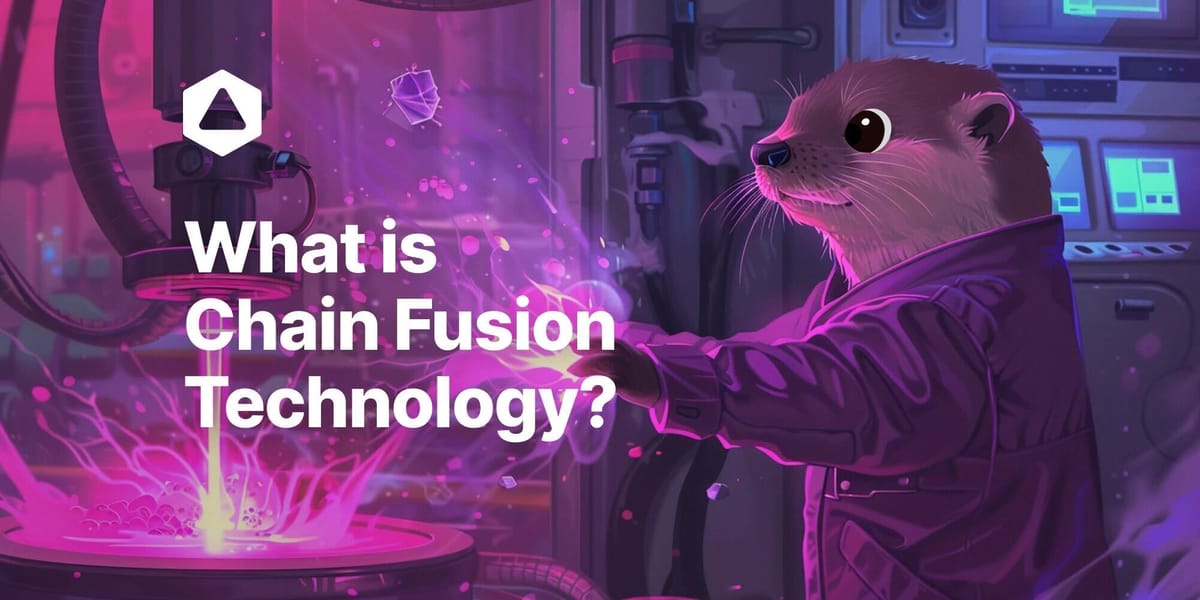
But even with all this, what remains constant is that DeFi is a revolution aimed to shape the way we interact with finance. And behind this revolution has been a number of pioneers who have been on the forefront to help us enjoy what we do today.
DeFi's Pioneers: The Visionaries Behind Early Protocols
Some key pioneers, among others, behind the early days of Decentralized Finance include:
- Vitalik Buterin: He conceived the idea of Ethereum based on Bitcoin and laid the foundation for the entire DeFi ecosystem.
- Rune Christensen: He is behind the concept of MakerDAO and DAI from which the concept of decentralized stablecoins first appeared on Ethereum.
- Hayden Adams: He is the founder of Uniswap. Hayden was a mechanical engineer at Siemens, but he was fired in June 2017. However, through his friend's recommendation who worked at the Ethereum Foundation, he began studying smart contracts and started preparing for Uniswap and saw it launched.
- Robert Leshner: He is the founder of Compound who initially worked at a US-based food delivery company, Postmate.
- Fernando Martinelli: He is the founder of Balancer.
- Kain Warwick: Founded Synthetix as a stablecoin project and later launched it as yield farming protocol on the mainnet in February 2019.
As we can see it is not possible alone. Decentralized Finance is an amalgamation of many great thinkers and founders, all needing each other to build and work with what is currently in the market. This is where the term composability comes from.
Understanding DeFi's Expansion and Bitfinitys Role
DeFi’s explosive growth on Ethereum was largely due to its flexible smart contract capabilities, which allowed for the creation of more complex financial tools and services without centralized control. But not without the challenges it underwent, as previously discussed in detail.
What we see is that a new wave of solutions are being built that introduce smart contracts on Bitcoin. With Bitfinity’s EVM that could similarly expand Bitcoin’s utility beyond just being a store of value to being an active, programmable platform for even more decentralized financial innovation. As Bitfinity brings:
Bitfinity EVM
Bitfinity is developing a Bitcoin-enabled Ethereum Virtual Machine (EVM), which is significant because it bridges the gap between Bitcoin's robust security features and Ethereum's versatile smart contract capabilities and most used smart contract language: Solidity.
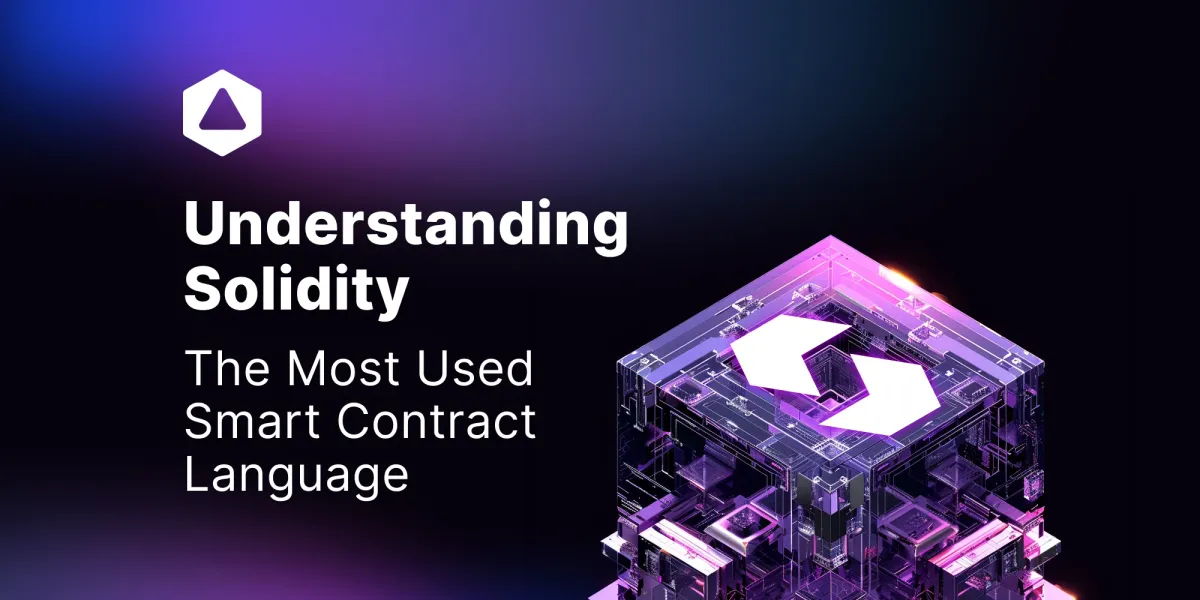
Smart Contracts on Bitcoin
Historically, Bitcoin has not supported complex smart contracts natively due to its design focus on security and simplicity. However, with the advancements in blockchain technology, there is a growing potential to bring more complex contract functionalities to Bitcoin.
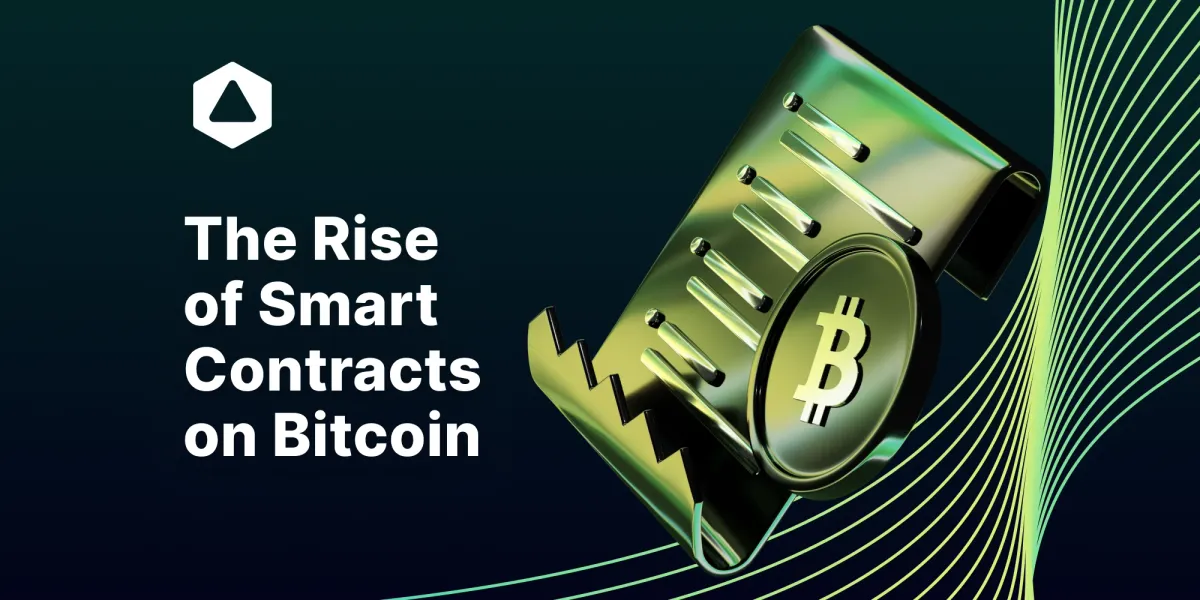
DeFi Dapps on Bitcoin
And by enabling smart contracts on Bitcoin, Bitfinity is setting the stage for DeFi applications to operate on Bitcoin’s network. This could lead to new financial products and services that leverage Bitcoin's liquidity and security. DeFi on Bitcoin could include activities like lending, borrowing, and farming, all similar to the early days of DeFi on Ethereum.
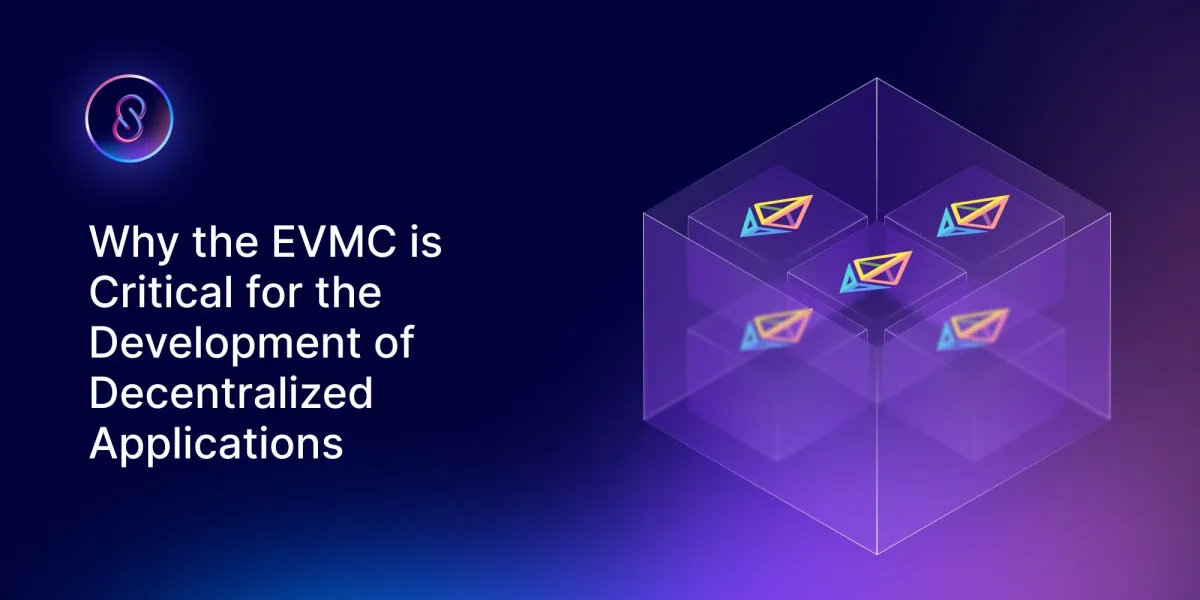
Final Thoughts
The complex DeFi we enjoy today has come from very 'simple' beginnings and through numerous milestones and transformations, the pioneers of DeFi have set in motion a wave that will continue to ripple through the financial world for years to come.
The continued development of layer 2, along with the introduction of new on-chain protocols and consensus mechanisms, demonstrates a future that we can only wait to enjoy.

Connect with Bitfinity Network
Bitfinity Wallet | Bitfinity Network | Twitter | Telegram | Discord | Github

*Important Disclaimer: The information on this website is provided for general informational purposes only and should not be considered financial advice. While we strive for accuracy, Bitfinity does not endorse and is not responsible for any errors or omissions or for results obtained from the use of this information. Views expressed herein may not reflect those of Bitfinity. External links are provided for convenience and verification of information is recommended before taking any actions based on content found here.





Comments ()